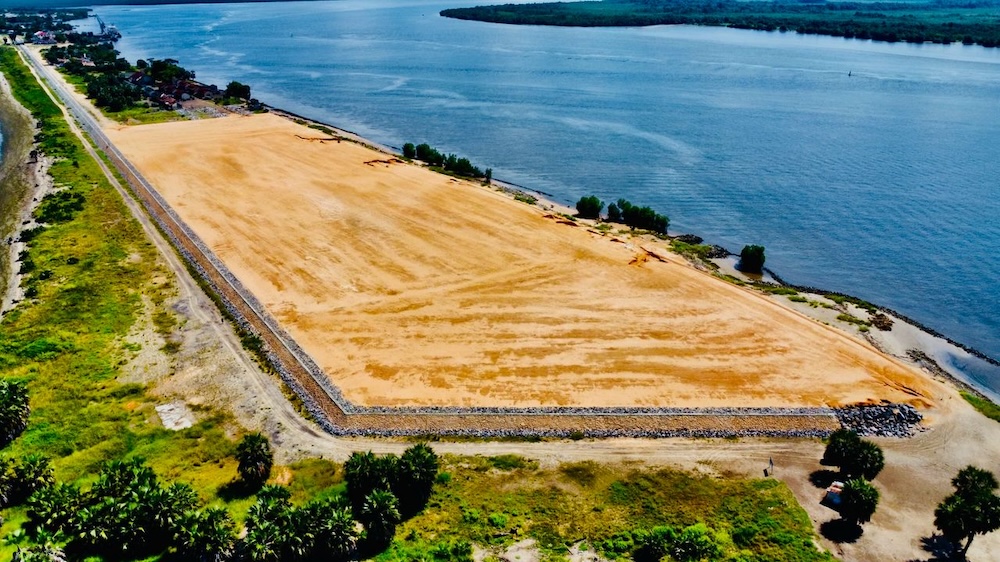When a country's government debt is , it creates opportunities for a variety of economic advantages, ranging from investor confidence to long-term stability.
This may seem illogical in Africa, where development finance is in high demand.
Low debt, when handled properly, enables more strategic borrowing, better policy freedom, and higher long-term growth.
Across Africa, many countries are under increasing pressure to fund development projects, create infrastructure, and respond to economic shocks.
While borrowing can assist in satisfying these demands, keeping general government debt to a low proportion of GDP is increasingly seen as a significant benefit.
Countries that can maintain their debt burdens low level are better positioned for long-term economic growth, financial stability, and development independence.
General government debt is the total amount owed by all levels of government (central, regional, and local).
When expressed as a proportion of a country's GDP, it clearly shows how manageable a country's debt is in comparison to the size of its economy.
A low debt-to-GDP ratio shows that a government is in control of its debt levels and has the economic strength to satisfy its financial obligations without burdening future budgets or generations.
Consistently low debt levels in countries such as Botswana and Eswatini have led to stable economies, making them appealing locations for investors seeking secure and trustworthy emerging markets.
When a government does not have to spend a big amount of its budget repaying debts, it may devote more resources to critical services.
This implies that additional public funds may be devoted to building schools, hospitals, increasing road, energy, and water availability.
With that said, here are the 10 African countries with the lowest general government debt as a percentage of their GDP, according to the Africa Pulse report by the World Bank.
| Rank | African country | General goverment debt as a % of GDP |
|---|---|---|
| 1. | Democratic Republic of Congo | 26.0% |
| 2. | Ethiopia | 28.4% |
| 3. | Equatorial Guinea | 31.5% |
| 4. | Chad | 32.3% |
| 5. | Comoros | 37.6% |
| 6. | Sierra Leone | 37.9% |
| 7. | Cameroon | 39.2% |
| 8. | Botswana | 39.7% |
| 9. | Guinea | 41.3% |
| 10. | São Tomé and Príncipe | 40.3% |










